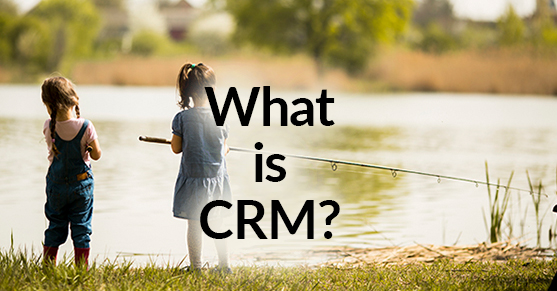The evening sun shimmers on the crystal-clear water of your favorite mountain lake as you bust out your fishing pole and cast a line. Your kids follow suit and pick their own little spots, each with the goal of reeling in a big catch. After several successful attempts at bringing clumps of aquatic weeds ashore, you finally get a bite—and lose it.
That was the only bite so far! Pretty soon it’ll be time to head back to camp, with or without a hard-earned catch.
After a few disheartening moments, your youngest kid’s bobber suddenly drops below the surface. They reel in a nice 12-inch trout—with your help, of course.
You wonder, Was that the same fish that bit my line? Perhaps it was the same fish. Or, maybe, your near-catch is being reeled in by the guy on the other side of the lake. Worse yet, his fish is clearly larger than the one your child caught.
You may not know it, but your company is having this same struggle, except you’re not losing fish to the other guys. Your salespeople are like children standing on a beach with fishing poles, trying to reel in customers. Every bite is a prospective client, one your employees can pull in or lose to the competition across the lake. The key difference is not that your customers don’t resemble fish (you should see my old clientele), but, rather, you cannot see all the fish in a lake. Keeping track of potential fish and how to best arrange their acquiring is something you’d probably need superpowers for. However, in the world of sales, your company monitor these fish—err, customers—with a Customer Relationship Management (CRM) system.
A CRM system puts all of your customer data in the same place. Whenever a salesperson gains info on a new prospect, (s)he enters that data into the CRM, which can be accessed by other company personnel from every department. If the prospect is lost to another company, for example, the Marketing department has this client’s data in an easily-accessible location, therefore simplifying the remarketing process. Or, once the prospect buys your product or service, Customer Service reps use this same data to maintain the customer relationship. Bottom line: everything about your customers is in the same place and can be accessed by anyone in your company. With a solid CRM system, you and your organization can see all your prospects, all your successful sales, and missed opportunities in a single, coherent interface.
Adopting a CRM system minimizes the guesswork. Without a CRM environment, each salesperson grabs a pole, picks a random spot on the beach, and leaves much of their success to chance. But with a well-implemented CRM system, your sales team has x-ray vision. They see to the bottom of the lake and, together, drop in a net, confident they will make the most of their efforts and bring home a successful catch. Everyone wins.

